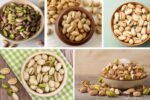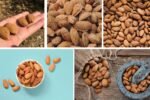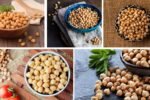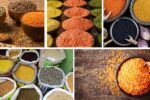Peas, those tiny green gems that find their way into soups, curries, stir-fries, and salads, are more than just a kitchen staple—they are a global agricultural powerhouse. Belonging to the legume family, peas are one of the oldest cultivated crops, with archaeological evidence showing they were grown as far back as 7,000 years ago in the Middle East. Today, peas are cultivated on almost every continent, contributing significantly to human diets, livestock feed, and even sustainable farming practices.
But the big question is: Which country is the world’s top pea producer? The answer reveals fascinating insights into agriculture, trade, and food security worldwide.
Why Peas Matter Globally
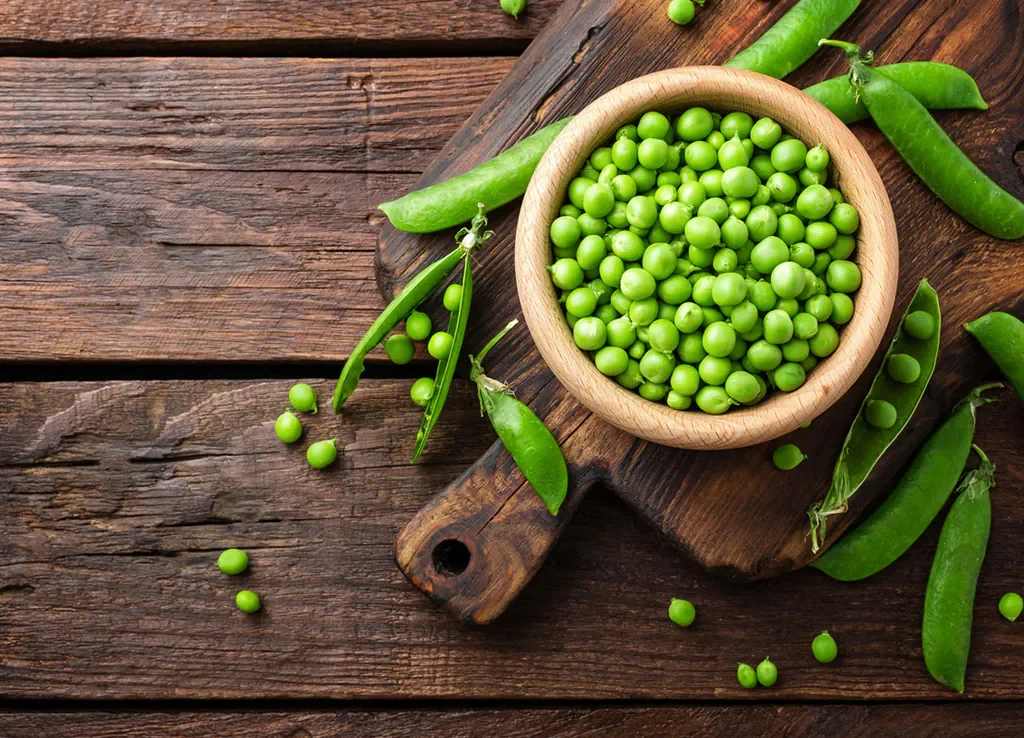
Before we explore the top producers, let’s understand why peas are so important in global agriculture.
- Nutritional Value – Peas are a great source of protein, fiber, vitamins (like Vitamin K and Vitamin C), and minerals (such as iron and manganese). They are especially valued as plant-based protein sources.
- Culinary Versatility – Fresh green peas, split peas, and pea flour all serve different culinary purposes, from curries and soups to snacks and bakery products.
- Livestock Feed – Beyond human consumption, peas are widely used as feed for cattle, poultry, and aquaculture, providing protein-rich fodder.
- Sustainability – As nitrogen-fixing crops, peas improve soil fertility naturally, reducing dependence on chemical fertilizers. They are often included in crop rotations to enhance agricultural sustainability.
With these benefits, peas have become a vital crop not just for food security but also for environmental sustainability.
The World’s Top Pea Producer
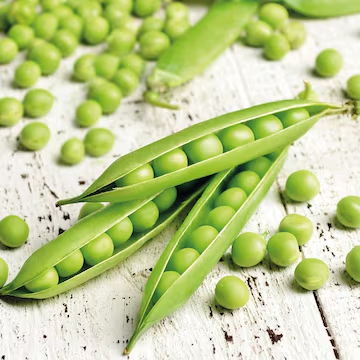
According to the Food and Agriculture Organization (FAO) and recent global agricultural statistics, the title of the world’s top pea producer belongs to Canada.
Canada – The Global Leader
- Annual Production: Over 4.5–5 million metric tons of dry peas.
- Share of Global Production: Roughly 30–35% of the world’s total pea output.
- Major Producing Provinces: Saskatchewan, Alberta, and Manitoba dominate pea cultivation in Canada’s Prairie region.
Canada’s success in pea production is no accident. Its prairie provinces have long, cool growing seasons and fertile soils that are ideal for pulses. Moreover, Canadian farmers employ advanced agricultural technologies, high-yield seed varieties, and large-scale mechanized farming practices, making the country a global leader.
Canada is also the largest exporter of peas, shipping more than 3 million tons annually to markets such as China, India, and Bangladesh. In fact, peas are one of Canada’s most important agricultural exports after wheat and canola.
Other Major Pea Producers
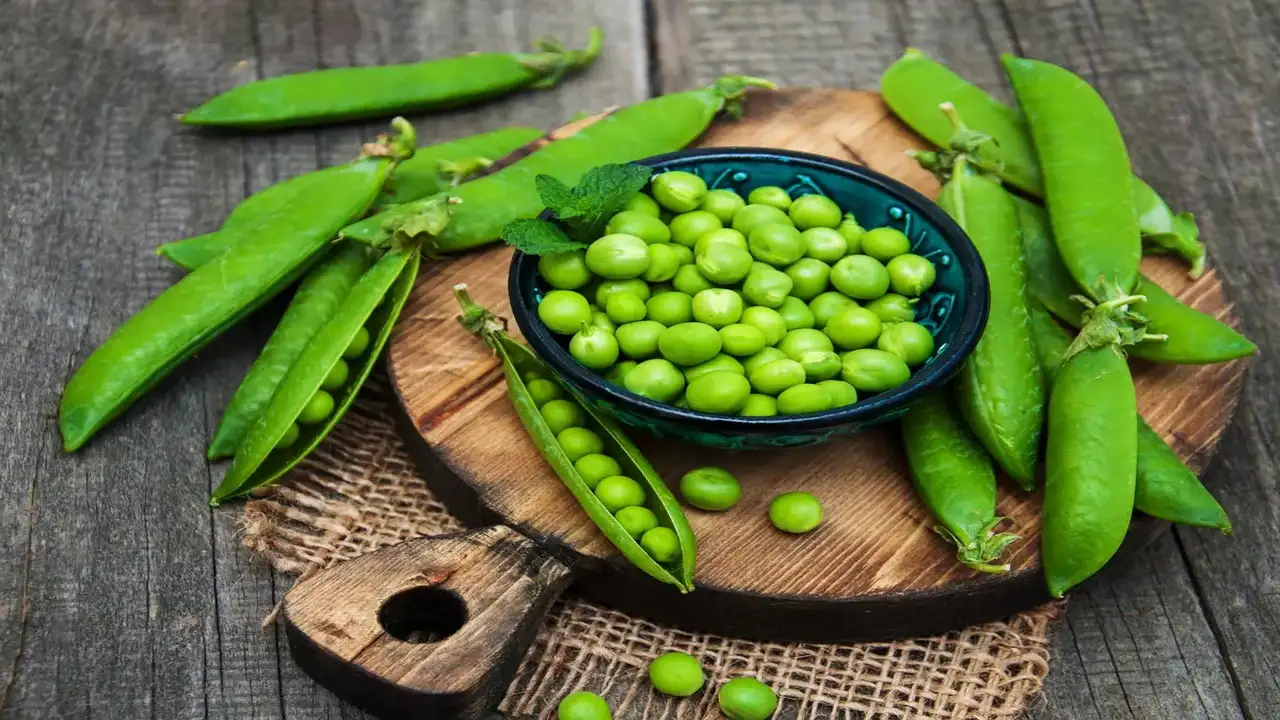
Although Canada is at the top, several other countries play critical roles in global pea production:
1. Russia
- Annual Production: Around 2.5–3 million metric tons.
- Importance: Russia is the second-largest producer of peas globally, with cultivation centered in southern regions such as Kursk and Voronezh. Much of the production is used for animal feed, although exports are also rising, especially to Europe and Asia.
2. China
- Annual Production: Approximately 1.5–1.7 million metric tons.
- Role: China is a major producer of fresh green peas and dry peas. Interestingly, while it produces large quantities, China is also the biggest importer of Canadian peas, mainly for animal feed and food processing.
3. India
- Annual Production: Around 1 million metric tons.
- Significance: In India, peas (locally called matar) are a popular vegetable in countless dishes, from curries and biryanis to snacks like matar chaat. India also imports large volumes of peas, primarily from Canada and Russia, to satisfy its huge domestic demand.
4. United States
- Annual Production: Around 800,000–900,000 metric tons.
- Regions: The states of North Dakota, Montana, and Washington are the main pea-growing areas. Peas are both consumed domestically and exported, with a growing role in the plant-based protein industry.
5. France
- Annual Production: About 700,000–800,000 metric tons.
- Contribution: France is Europe’s leading pea producer, growing both fresh garden peas and dry peas. Much of the crop is used in processed foods, frozen vegetables, and animal feed.
6. Other Significant Producers
Countries like Ukraine, Ethiopia, Australia, and the United Kingdom also produce notable quantities of peas, contributing to both domestic consumption and export markets.
Why Canada Dominates Pea Production
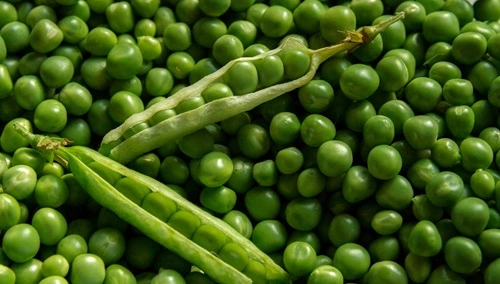
Canada’s leadership in pea production is the result of multiple factors:
- Favorable Climate – The cool, semi-arid prairie climate is ideal for pea cultivation, minimizing disease risks and promoting healthy yields.
- Large-Scale Farming – Canadian farmers use vast areas of land with mechanized farming techniques, ensuring efficiency and productivity.
- Export-Oriented Agriculture – With relatively low domestic consumption, Canada has focused on building international markets, particularly in Asia.
- Innovation and Research – Canada invests heavily in agricultural R&D, developing high-yield, disease-resistant pea varieties to maximize production.
- Rising Plant-Based Protein Industry – Peas are increasingly being used in the production of plant-based meat alternatives, pea protein powders, and dairy substitutes, industries in which Canada plays a key role.
Global Trade in Peas
The pea trade reflects the balance between producers and consumers worldwide:
- Top Exporters: Canada is by far the largest exporter, followed by Russia, the U.S., and France.
- Top Importers: China, India, Bangladesh, and several European nations are the biggest buyers.
For example, China imports millions of tons of peas annually from Canada to use in noodle-making, food processing, and animal feed. Similarly, India depends on imports to meet its ever-growing demand for fresh and dried peas.
Challenges in Pea Production
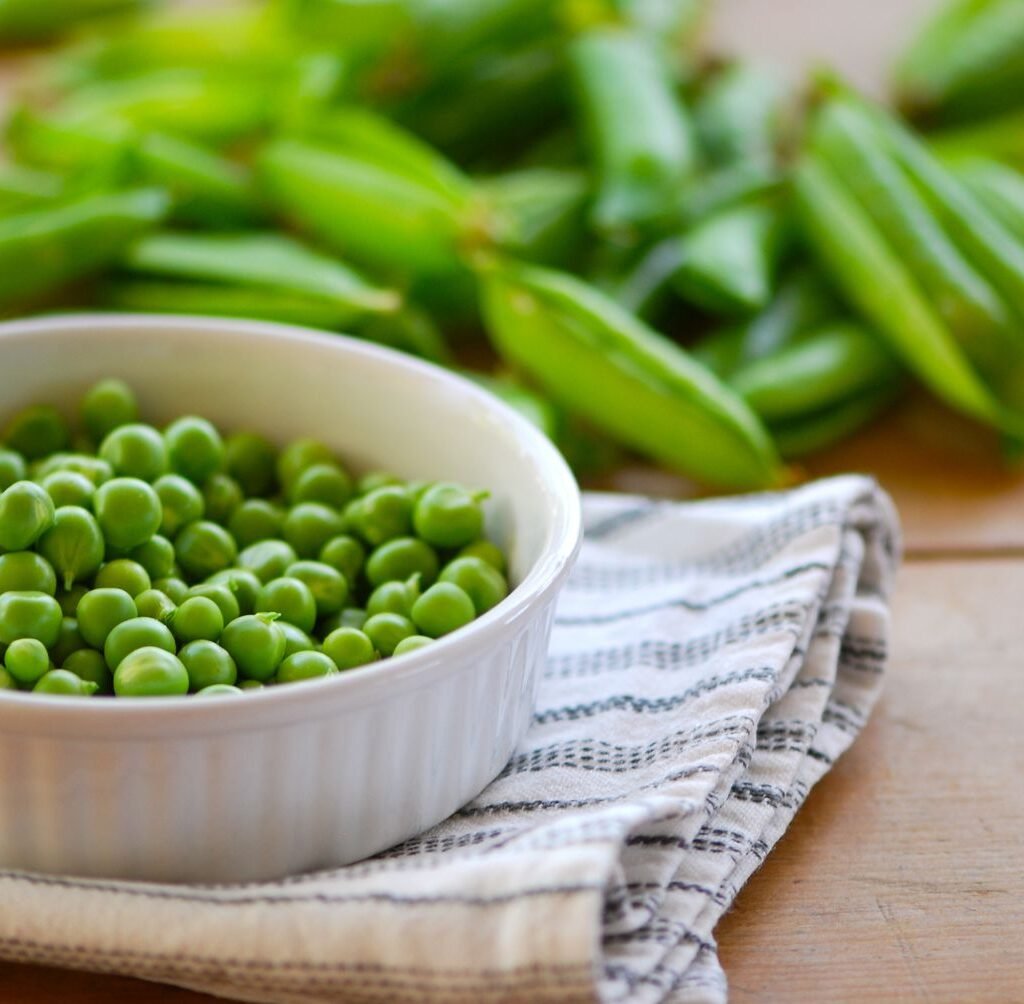
While peas are widely cultivated, farmers face certain challenges:
- Climate Change – Erratic weather, extreme rainfall, or droughts can impact yields significantly.
- Pests and Diseases – Pea crops are vulnerable to issues like root rot, aphids, and fungal infections.
- Price Volatility – Global pea markets fluctuate depending on demand from major importers like China and India, which can affect farmer incomes.
- Trade Barriers – Tariffs and trade restrictions often disrupt global pea flows, creating uncertainty in export markets.
The Future of Pea Production
The future looks promising for peas as demand continues to rise:
- Plant-Based Diets – With more consumers turning to vegetarian, vegan, and flexitarian diets, peas are increasingly used in plant-based meat and dairy alternatives.
- Health Trends – Pea protein powders, gluten-free flours, and high-fiber foods are becoming popular globally.
- Sustainability – As a nitrogen-fixing crop, peas will play a vital role in sustainable farming systems.
- Expanding Cultivation – Countries like the U.S., Ethiopia, and Australia are expanding pea production to capture growing demand.
Given these trends, global pea production is expected to grow steadily, with Canada likely to maintain its leadership for years to come.
Conclusion
So, which country is the world’s top pea producer? The clear answer is Canada. With over 4.5 million tons of peas annually, Canada dominates global pea production and exports, feeding both human populations and livestock worldwide.
Other key players such as Russia, China, India, and the United States also contribute significantly, but Canada’s climate, agricultural expertise, and strong export focus keep it ahead of the competition.
As plant-based protein demand rises and sustainability becomes more crucial, peas are set to become even more important in the global food system. And Canada, the pea capital of the world, will remain at the center of this green revolution.

